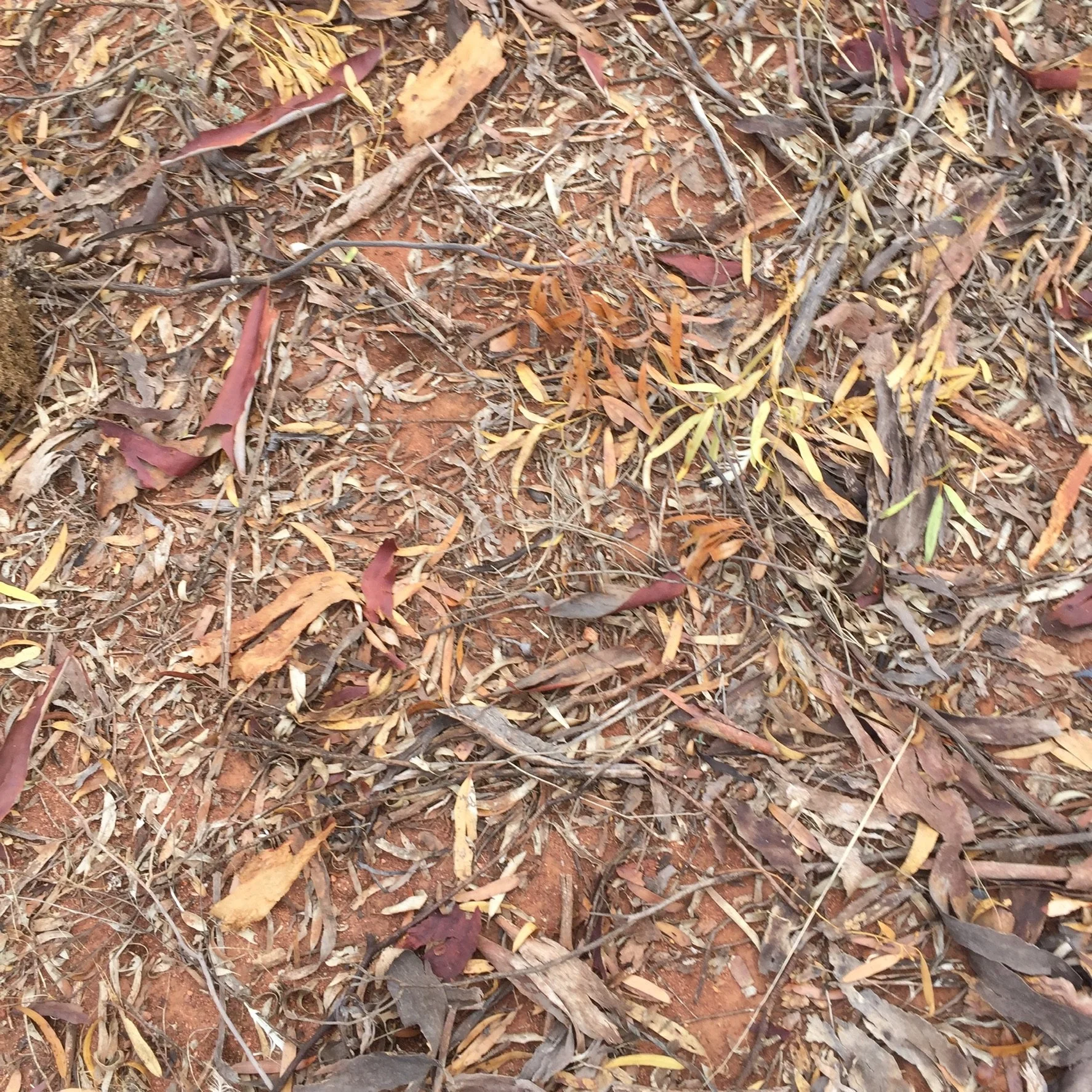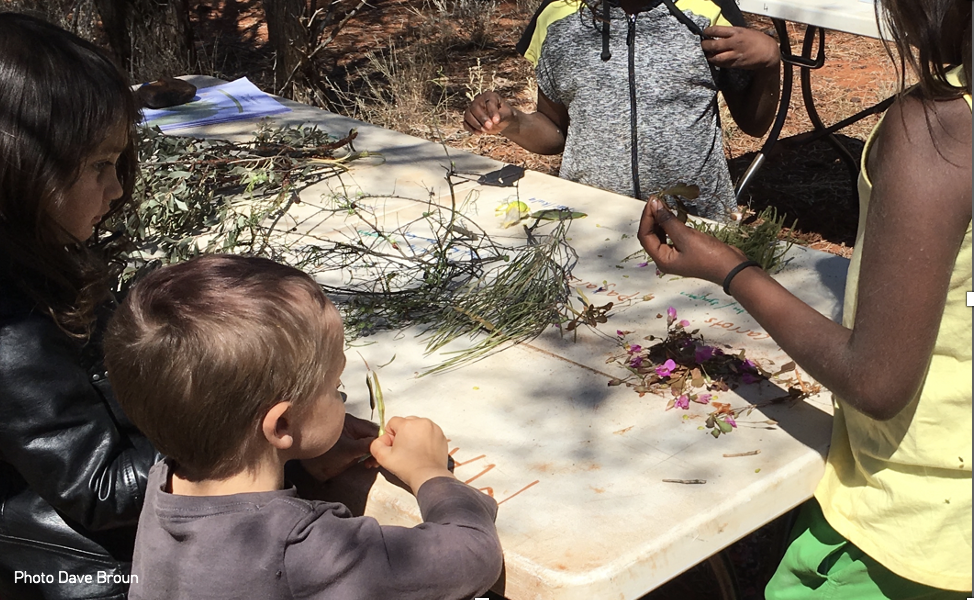In the Classroom
Working with Litter
Activity
What do Students Know About Litter:
Discuss with students what they know about litter.
Explain that litter has important functions, such as:
• provides food and shelter for small animals (invertebrates) and fungi.
• protects the soil from drying out. (Plants and animals need water to live).
• provides a similar protective and moist surface for seeds.
• prevents the soil that contains the food for plants and animals from being blown away by the wind (erosion).
• provides fuel for fire in the preparation of food for Aboriginal people.
• provides material for birds to construct their nests. More information is found at: https://en.wikipedia. org>wiki>Plant_litter
Activity
Sorting Litter:
Litter is the word we use to describe what lies on the ground. There are several ways to sort litter.
1. Separate ‘good’ litter (all objects of plant and animal origin) from ‘bad’ litter ( discarded inorganic items such as plastic and aluminium etc.)
2. Sort the ‘good’ litter, making 2 lists on the screen to distinguish between ‘Organic’ (litter that comes from living things (includes leaves, stems, bark, branches, flowers, seeds, seed cases such as gumnuts, cones, and pods, evidence of passing vertebrates such as feathers and animal droppings), and ‘Inorganic’ (from non-living things, such as rock, tin, plastics).
3. Have students identify items from their litter collection and add under the appropriate heading.
The challenge for the teacher is to be aware of the different ways that Aboriginal people might sort the litter items.
1. Their way of classifying knowledge is complex. It may not be restricted to either plant or animal origin; it may also incorporate their social
2. These systems include the landscape, the people, the physical and the spiritual aspects.
3. For example, an Aboriginal way of organising
• may place animal, plant, and rock together in one group, as all three are part of their ‘living landscape’.
• if there is evidence of vertebrates in the litter, separation may be between edible and non edible.
• feathers, placed together in the Western method as originating from birds, may be kept separate in the Aboriginal context. A white cockatoo feather (manitjimat) and a crow’s feather (wardongmat), for example, symbolise two distinct social Ballardong totemic groups.
4. Seek help from the Aboriginal educators for this exercise when making decisions.
5. Group the items separately under the heading of each method.
6. Students may draw their collection (Aboriginal or Western).
7. Photograph each collection.
8. Add litter items to the class Habitat model. See https://nalderun.net.au/wp-content/ uploads/2018/08/Classification-an-Aboriginal Perspective.pdf
Litter
Collecting Litter
Sorting Litter
Students may construct a poster, listing the functions of litter and illustrate. A discussion on this topic may lead to a rubbish litter collection from their schoolground.



